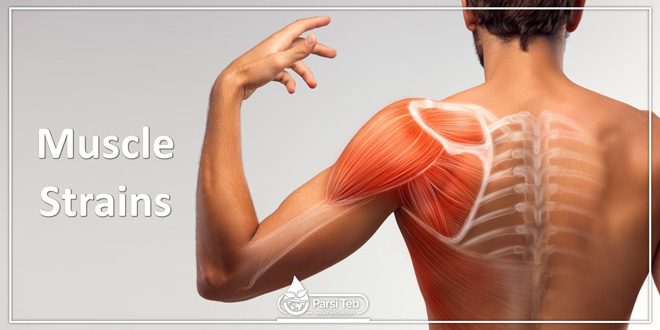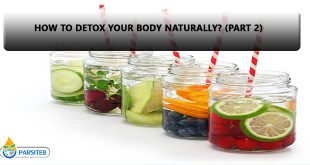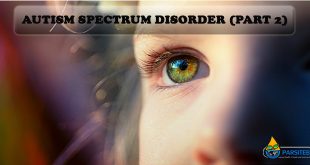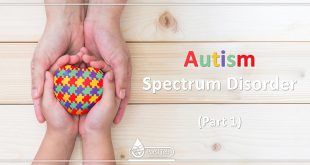Muscle Strains
Muscles and tendons are attached to our bones to facilitate movement. When movement exceeds that which the body will comfortably allow, a strain can result. By pulling too far on a muscle or by pulling a muscle in one direction while it is contracting in the other direction can cause injuries within the muscle or tendon. A sprain, on the otherhand, is an injury to a ligament.
Many sports place participants at risk for muscle strains but these injuries also often occur in normal everyday activities such as a slip on ice, a fall on your wrist, or jamming a finger. Repetitive activities may also cause a strain. If you suffer with a strain, you may experience pain, muscle spasm and muscle weakness.
You may also have swelling to the area, muscle spasms, or inflammation. Two common areas of muscle strain are back muscle strains and hamstring muscle strains. Tendonitis (inflammation of a tendon) is another common type of muscle strain. Muscle Strains can also occur in the forearm and elbow.
Rehabilitation may be needed to restore normal function. When the pain and swelling are reduced you can gently begin exercise. It may be a good idea to consult a physical therapist to create a program that prevents stiffness, improves range of motion, improves flexibility and builds strength. Rebuilding strength is a slow and gradual process, and only when done correctly can the athlete consider returning to sports.
Diagnosing Muscle Strains
Muscle Strains are categorized depending on the severity of the injury:
* Grade I Strain – a mild strain and only some muscle fibers have been damaged. Healing occurs within two to three weeks.
* Grade II Strain – a moderate strain with more extensive damage to muscle fibers without a rupture. Healing occurs within three to six weeks.
* Grade III Strain – a severe injury with a complete rupture of a muscle. Usually needs a surgical repair of the muscle; the healing period can be up to three months.
* If you suffer with a strain you may typically experience pain, swelling and bruising of the affected joint.
You may require further medical attention if:
* You have severe pain and cannot put any weight on the injured joint.
* The area over the injured joint or next to it is very tender when you touch it.
* The injured area looks crooked or has lumps and bumps (other than swelling) that you do not see on the uninjured joint.
* You cannot move the injured joint.
* You cannot walk more than four steps without significant pain.
* Your limb buckles or gives way when you try to use the joint.
* You have numbness in any part of the injured area.
* You see redness or red streaks spreading out from the injury.
* You injure an area that has been injured several times before.
* You have pain, swelling, or redness over a bony part of the area.
* You are in doubt about the seriousness of the injury or how to care for it.
Help for Muscle Strains
Many herbal and natural remedies have been formulated with specific ingredients to heal from the inside out – helping to facilitate strengthening of injured tendons. Arnica is a highly respected ingredient in natural medicine and has powerful anti-inflammatory and tissue healing properties.
Filipendula almaria is another herb that has been used for centuries by herbalists to treat pain with modern research citing this herb as nature’s aspirin! Homeopathic ingredients such as Magnesium phosphoricum and Symphytum officinale can also greatly assist the body in recovering from sports injuries and muscle strains – with no harsh side effects.
the others proposal medicinal plants :
thym
the oil of thym as a compres is a good idea to stimulate circulation of blood on the painfull zone,because it is antispasmodic.
 Parsi Teb Physical and Mental Health Journal
Parsi Teb Physical and Mental Health Journal 



